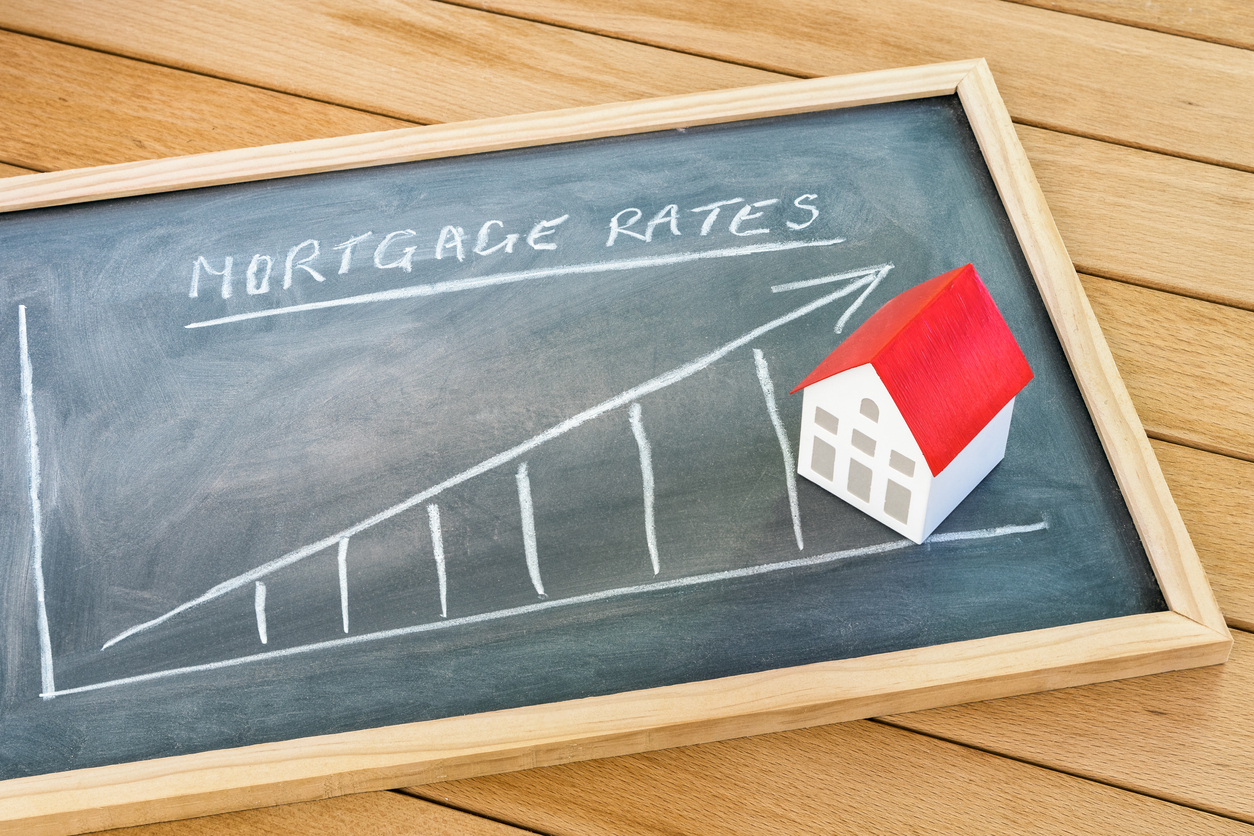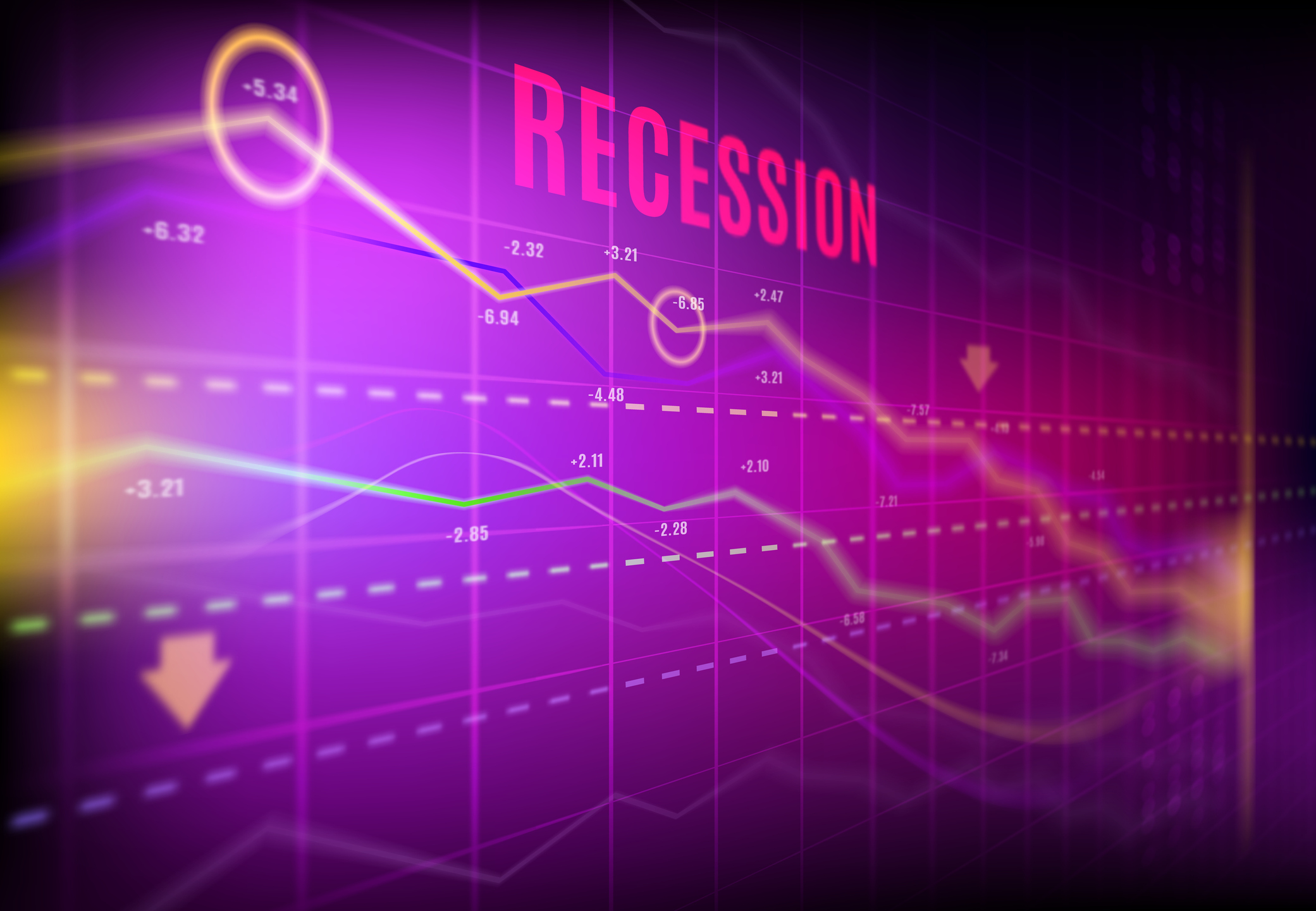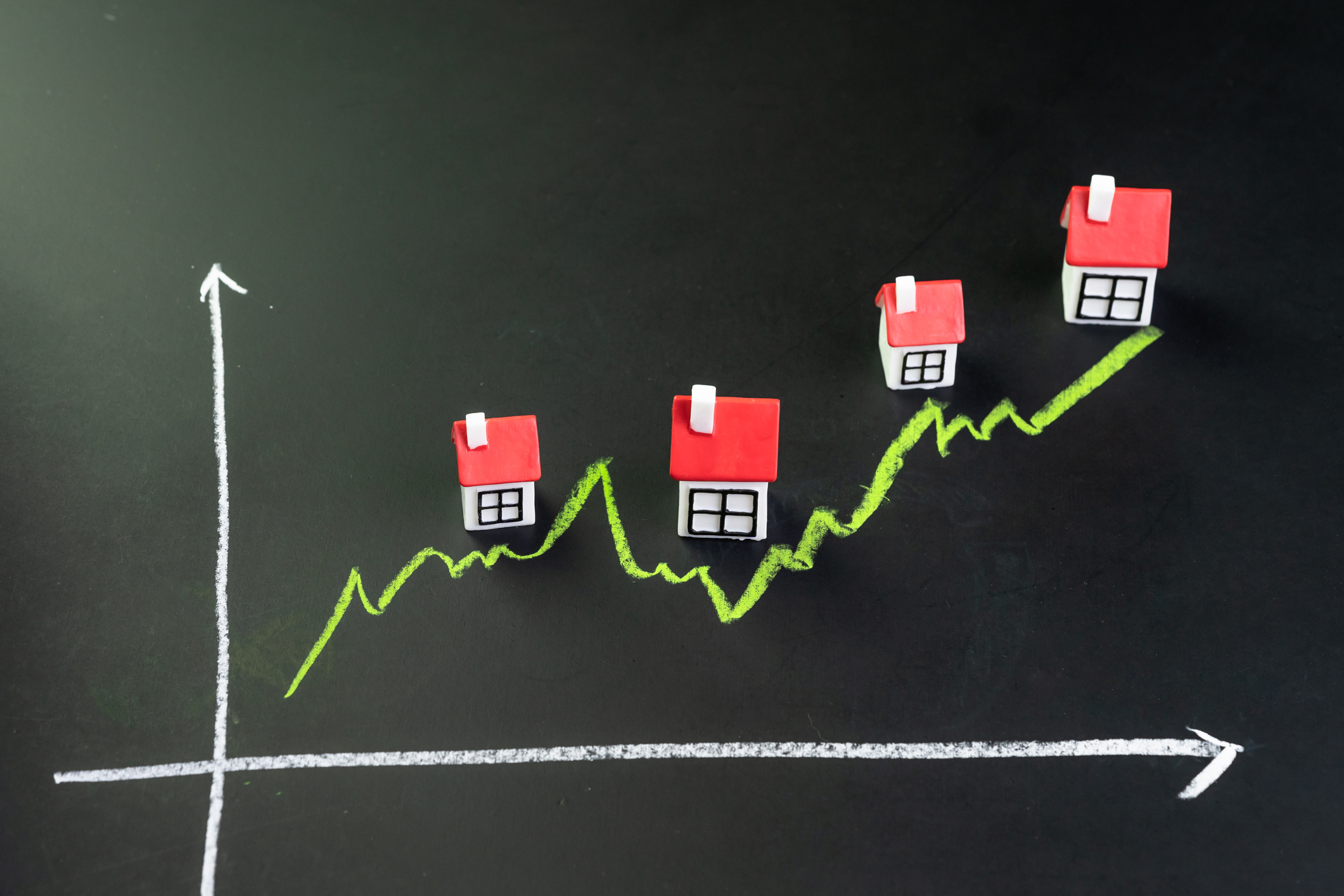Mortgage rates are soaring and that raises a question: Has the Fed unleashed the wrong antidote in the fight against inflation?
The Fed is expected to increase bank rates six times this year in addition to the March hike. That’s seven increases in total.
The Fed action – along with supply chain issues, rising wages, gas price increases, and a bitter war in Ukraine – have combined to set off a huge interest rate spike. Sure, rates were expected to rise with the Fed action, but this much and this quickly? And is it possible that because of the Fed policies that we could see a general economic slowdown – a recession – or even stagflation, a double-whammy where the economy slows but interest rates rise?
Weekly mortgage rates for 30-year financing started at 3.22% in January according to Freddie Mac and at the end of March reached 4.67%. That’s a 45% increase in 12 weeks. Little wonder that mortgage refinancing for the week of March 30th declined 60% when compared with a year ago, according to the Mortgage Bankers Association.
It might seem as though home prices would have to fall given sharply-higher mortgage rates, however there is little inventory to buy. As Axios explains, “rates are climbing again, and at some point, that should cool demand. Still, with inventory this low, it’s not quite clear how cool the situation can get.”
Is the Fed right?
From a real estate and mortgage perspective interest rates are rising too quickly. However, savers, insurance companies, and banks might argue that the Fed is not just doing the right thing, it’s not doing enough of it.
Jamie Dimon, Chairman and CEO at JPMorgan Chase, told company shareholders in early April that “one thing the Fed should do, and seems to have done, is to exempt themselves — give themselves ultimate flexibility — from the pattern of raising rates by only 25 basis points and doing so on a regular schedule.”
The bottom line: The “right” direction for the Fed will be hotly debated, a discussion complicated by the reality that there’s no model for dealing with post-pandemic finances in the modern era.
Rising real estate prices
It might seem as though home prices would be sure to fall given so many unhappy data points. Economists at the Federal Reserve Bank of Dallas, for example, argue that “real-time market monitoring finds signs of brewing U.S. housing bubble.”
However, bubble predictions seem premature given that home prices at this writing continue to rise and listings quickly get snapped up.
With existing homes, figures from the National Association of Realtors show that the median price for a single-family home was $361,300 in December, $356,700 in January, and higher at $363,800 in February.
How is it possible to have both mortgage rates and home prices rising at the same time?
“It has been 40 years since rates have risen like this alongside similar home price growth and high inflation,” explains The New York Times. “This time around, the United States also has a severe housing shortage. And then there’s a new and uncertain dynamic – the sudden rise of working from home, which has the potential to change what home buyers want and where they live.”
Mortgage rates and affordability
The combination of higher home prices and steeper mortgage rates creates an affordability problem. In February 2021 the typical existing home sold for $315,100 and the monthly mortgage rate was 2.81%. With 95% financing the monthly cost for principal and interest was $1,232. A year later, in February 2022, the same property was priced at $363,800 and the mortgage rate was 3.76%. The new monthly cost for principal and interest for 95% financing was $1,603. That’s an increase of $371 per month in just one year, too much for many mortgage applicants.
“The way things are going, there’s a very good chance that rates will reach 5% in the short run,” said RealtyTrac’s Executive Vice President, Rick Sharga.
“That’s a concern, not because 5% is financially much different from 4.5% or so, but because 5% is a visible and memorable benchmark, a psychological yardstick. When rates first dipped below 5% it was a notable decline, somehow the era of lower rates seemed real. If rates now go above 5% that will also be notable, a monthly rate not seen since April 2010.”
Rates around 5% or so may not last long. The Mortgage Bankers Association, in its March mortgage finance forecast, predicts that in the fourth quarter rates will stand at 4.6%.
What happens next?
We can expect several reactions if rates continue to rise.
First, look for 5/1 ARMs with their lower start rates to gain popularity. At the end of March, when weekly rates stood at 4.67% according to Freddie Mac, the same loan amount was available at 3.5% when financing with a 5/1 ARM. That’s a big savings and for some buyers enough to offset the risk of possibly-higher rates down the line.
Second, 40-year financing is now widely available for troubled borrowers who need mortgage modifications. Higher rates and bigger monthly payments will spur an effort to normalize 40-year loans, to change the rules and make them acceptable to those who need everyday financing and refinancing.
Borrow $300,000 over 30 years at 5.0% and the monthly cost for principal and interest is $1,610. With 40-year financing, at the same rate the monthly cost falls to $1,447, a monthly savings of $163 or almost $2,000 a year.
The catch? After a decade, the 30-year mortgage will have a remaining loan balance of $244,027. And with the 40-year loan? The borrower will still owe $269,473 – an extra $25,446.
Lastly, there will be a massive public uproar if both rates and home prices continue to quickly rise. Affordability issues will become more pronounced and it will be argued that additional Fed rate hikes should be reconsidered. Why? Because once you’ve seen mortgage rates in the 2% range, once you know it’s possible, it’s tough to accept anything higher – even if today’s rates remain low by historic standards.



